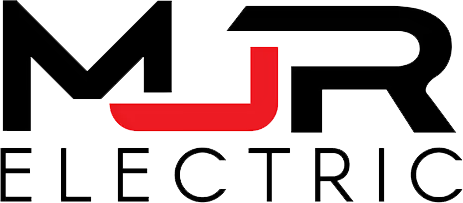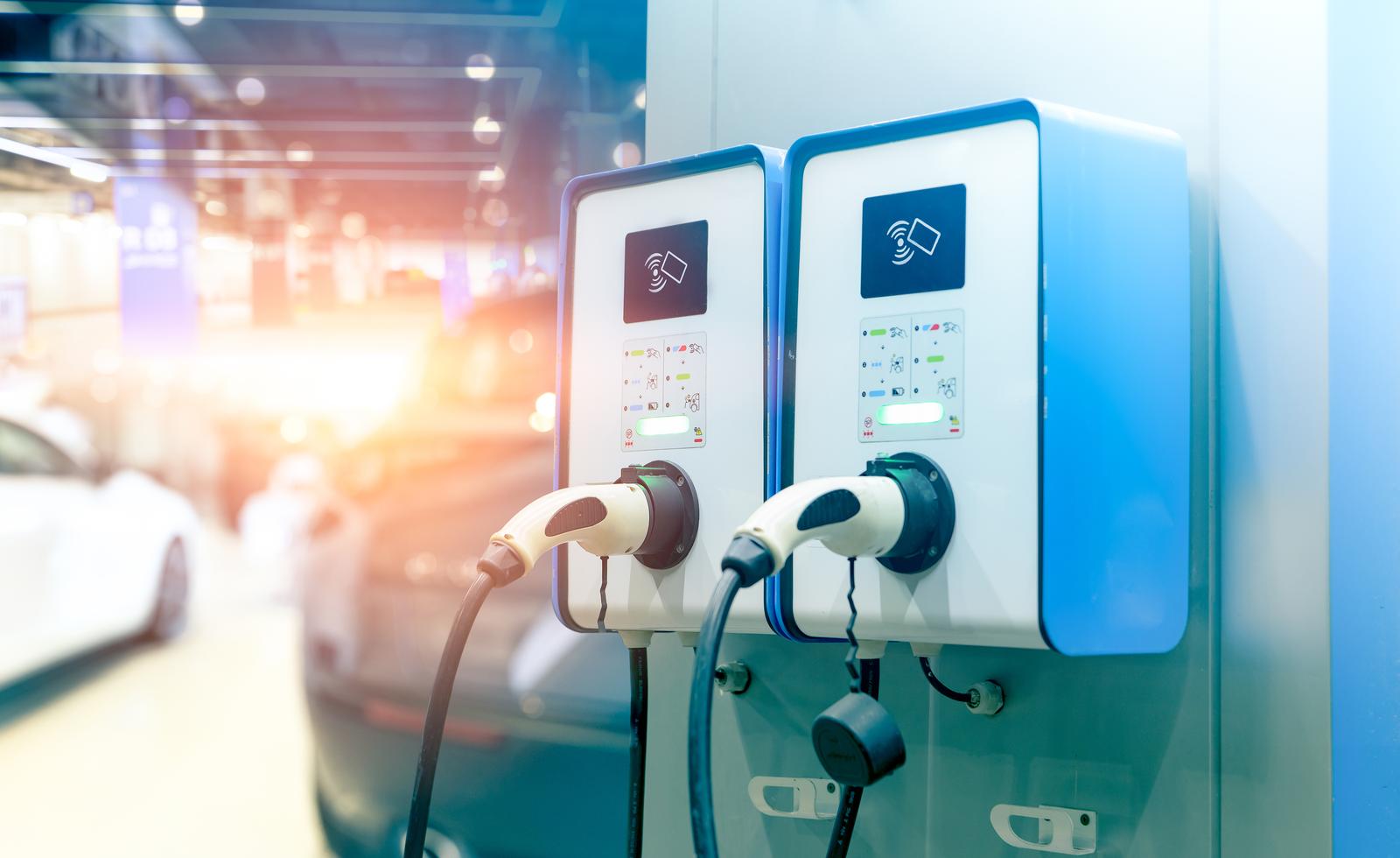Vancouver residents who happen to live in multi-unit residences , such as apartments or condos, frequently have a hard time accessing electrical vehicle charging within the home. This is due to all of the added administrative layers involved with maintaining multi-family dwellings, bylaws that must be upheld and a plethora of technical requirements that cannot be ignored because they are necessary to make everything function properly as well as practical concerns like price point.
The EV Ready program has created two pathways to help residents of condo and apartment buildings switch to electric vehicles (EVs):
1) rebates towards the development of an EV Ready Plan and rebates to install electrical infrastructure required to implement their EV Ready Plan.
2) rebates towards the purchase and installation of charging stations.
What needs to be included in the EV Ready Plan Application?
1. Property and Company Details
-
- Date the EV Ready Plan was prepared
- Building address (indicate if it’s a strata or rental building)
- Name & contact information of who created and/or printed the Plan (must be a licensed electrical contractor and/or a registered professional electrical engineer such as MJR Electric)
- Within the EV Ready Plan, the electronic signature of the Plans
author declaring they understand and have met the EV Ready Plan
requirements. - Strata and/or contact for the building:
- Number of residential units:
- Number of residential parking stalls:
- Number of visitor parking stalls
- Number of parking stalls to be made EV Ready (Minimum requirement of
one EV Ready stall per residential unit)
2. Electrical capacity assessment
-
- What size electrical main service wire are you proposing to use?
- What is the existing peak demand on the Main service and how it was
determined? - What is the spare capacity for each phase before installing the EVSE?
- What is the potential EVSE load based on the recommended number of EVSE’s per circuit?
- What will be the total spare capacity after the installation of charging station?
- Provide a clear statement for:
a) Is a service upgrade required, and if so, what is required? Or
b) Is the existing service sufficient and why?
3. Minimum charging performance guidelines
A charging performance target is the estimated driving range of an EV when it has been charged to the nearest possible parking space that it can utilize.
Include an explanation of how the charging performance was determined. Ensure that your plan considers and accounts for the variables that affect charging performance, which include, at minimum, the following factors:
-
- Distance travelled by vehicles and how this was determined
- Climate (e.g. colder temperatures)
- Topography (e.g. hillier landscapes)
- Demographics of building residents (e.g. age, household sizes)
- Vehicle sizes
- Charging rates/times per vehicle as they relate to the selected solution
4. Recommended solution for parking spaces to be made EV Ready
-
- Identify one selected option that meets or exceeds the EV Ready Program requirement for a parking stall to feature outlets for Level 2 chargers needed. The outlet must be installed within .5M to 1.5M of the stall and no more than 3M from other parking spot.
- Identify the charger to breaker ratio of the recommended solution (e.g.- 4 chargers per 40A breaker)
- Identify any existing EV chargers and how they will be integrated into the new EV charging system, including load analysis and the effects on the main distribution.
- Identify conditions of the existing telecom/network infrastructure and if it can handle the new EV charging equipment.
- For new EV installations, identify the costs associated with the telecom/network hardware and infrastructure that is required to ensure its operation and functionality.
- Specify what Level 2 Networked EVSE models will be compatible with the one recommended design solution
- Designation that when an EV energy management system is implemented, the EV supply equipment must be compatible with it
5. Cost estimates sufficient for budgeting purposes
-
- Include a cost estimate to install the electrical infrastructure, telecommunication/network upgrades if required, and EVSE (if applicable) for the one design option being recommended.
Looking for help to create a EV Ready Plan Application?
MJR Electric specializes in any small commercial or residential jobs, located all mainly in the Vancouver and Okanagan area of British Columbia. We have a determined vision to reduce carbon emissions through avenues like solar and LED lighting. We see the demand and potential to provide charging stations for electric vehicles, as well as information for EV incentives.



